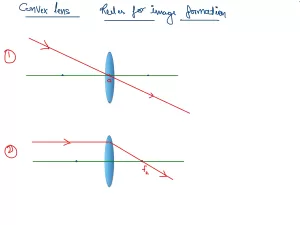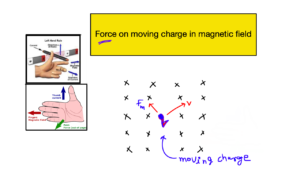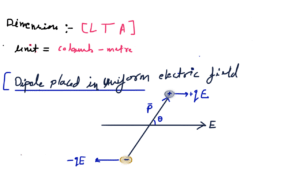Electric filed
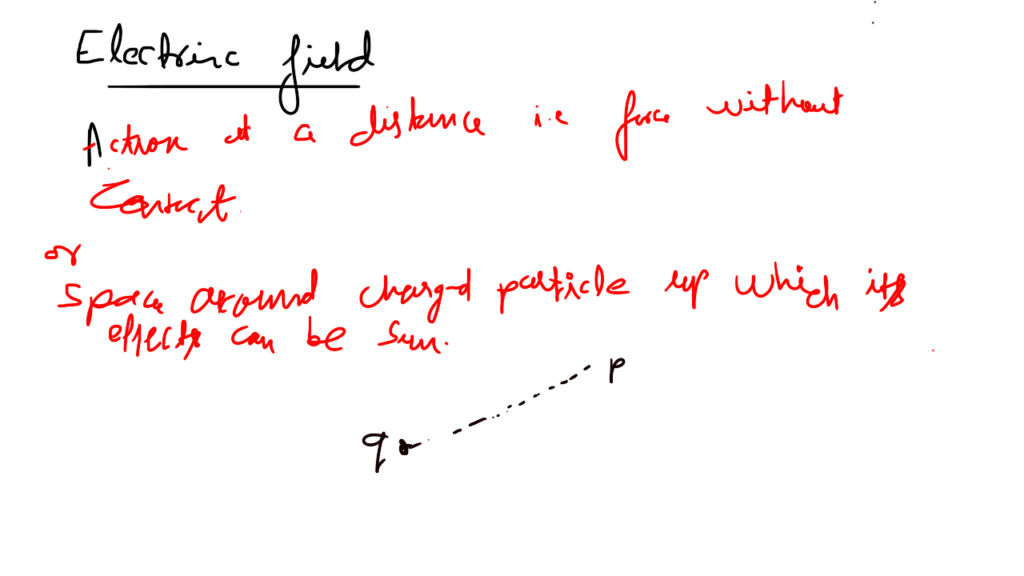
In order to explain ‘action at a distance’, i.e., ‘force without contact’ between charges it is assumed that a charge or charge distribution produces a field in space surrounding it. So the region surrounding a charge (or charge distribution) in which its electrical effects are perceptible is called the electric field of the given charge.
Electric field at a point is characterized either by a vector function of position Er called ‘electric intensity’ or by a scalar function of position V called ‘electric potential’. The electric field in a certain space is also visualized graphically in terms of ‘lines of force.’ So electric field intensity, potential and lines of force are different ways of describing the same field.
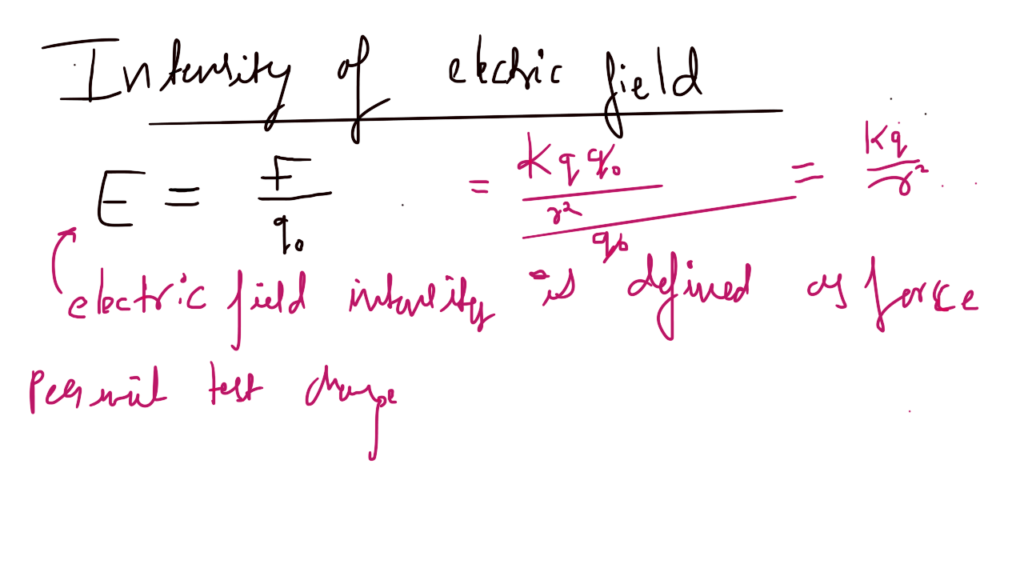

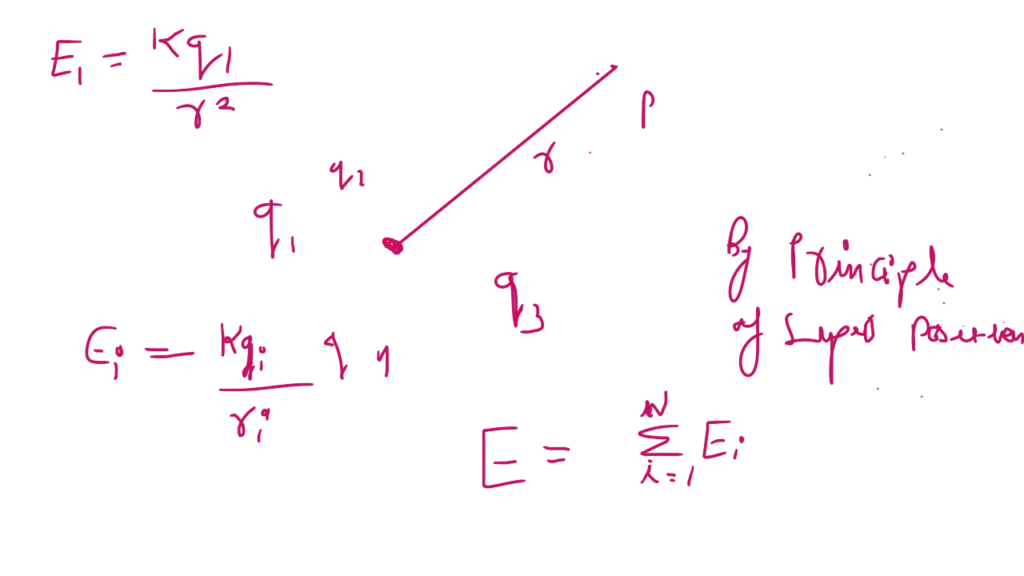

Characteristics of Gaussian surface & Important points regarding Gauss’ law
- (i) Flux through Gaussian suface is independent of its shape.
- (ii) Flux through Gaussian suface depends only on charges present inside it.
- (iii) Flux through Gaussian suface is independent of position of charges inside it.
- (iv) Electric field intensity at the Gaussian surface is due to all the charges present (inside as well as outside)
- (v) In a closed surface incoming flux is taken negative while outgoing flux is taken positive.
- (vi) In a Gaussian surface flux = 0 does not imply E = 0 but E = 0 implies flux = 0.
- (vii) (a) If a closed body (not enclosing any charge) is placed in an electric field (either uniform or non– uniform) total flux linked with it will be zero.


